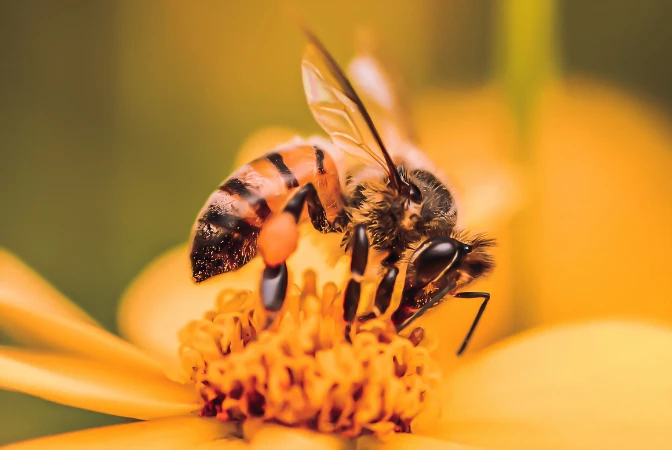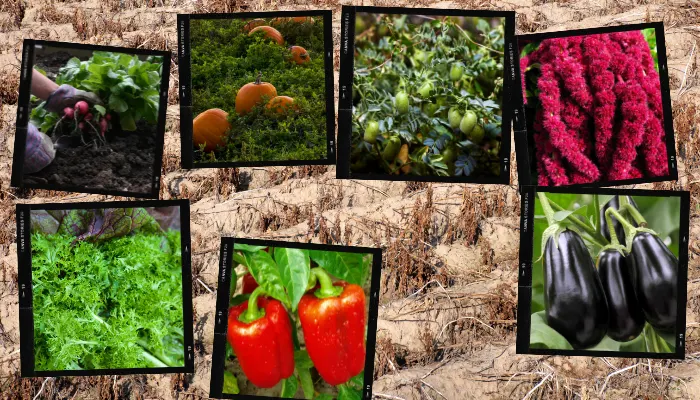In a world where insects are becoming rarer than ever, it seems that flowers are no longer willing to rely on their tiny, winged friends to carry out their romantic affairs. Instead, they’re evolving and embracing self-pollination as the new norm.
This intriguing revelation stems from the research conducted by scientists from the French National Centre for Scientific Research (CNRS) and the University of Montpellier in France. They decided to dive into the genetic makeup of modern field pansies (Viola arvensis) and compare them to the older ones grown from seeds gathered in decades gone by.
The result? A surprising disruption of 100 million years of evolution that’s causing a stir. Not only does this shift put insect populations at risk, but it also makes plant communities less diverse and more susceptible to changes in their environment.
As the researchers put it, “Population genetics analysis reveals a 27 percent increase in realized selfing rates in the field during this period.” In simpler terms, these pansies are now opting for self-pollination much more frequently.
And it’s not just in their genes – they’re changing in appearance too, sporting smaller and less conspicuous corollas, producing less nectar, and losing their appeal to bumblebees. These changes are happening across different pansy populations, suggesting a widespread transformation.
The evidence doesn’t stop there. Modern pansies have smaller petals, about 10 percent smaller on average than those that bloomed two to three decades ago. Nectar production has also dwindled by a significant 20 percent.
And here’s the kicker – these updated pansies aren’t attracting insects as frequently as before. It’s a vicious cycle: fewer insects mean fewer pollination visits, leading the plants to cut back on nectar production and shrink their petals even further, making them less appealing to the few insects left.
Meaning… over time, if this trend continues, our insect population will dwindle even more rapidly without the food provided by these flowers. Essentially, the flowers are evolving for their own survival and in doing so, the insects that depend on them may well starve.
Surprisingly, not everything about the field pansies has changed. Leaf size and overall plant size have remained consistent across the decades. So, it’s clear that the real transformation is in their newfound self-reliance for reproduction.
We’ve long known that flowers are adaptable, but there’s a catch. The researchers are worried about the potential dangers of inbreeding and how it could threaten genetic diversity, ultimately putting these plants at risk of extinction.
In response to these findings, the research team is sounding the alarm. They’re calling for stronger efforts to protect insects from the dangers of habitat loss and the effects of a warming planet, both fueled by human activities.
These threats continue to harm insect populations, which, in turn, affect the very flowers that depend on them for pollination.
In their closing statement, the researchers emphasize, “This study shows that plant mating systems can adapt rapidly in natural populations in response to ongoing environmental changes.
More To Discover
- Science Class or Beef Commercial? How the Beef Industry is Targeting Your Kids’ Classrooms
- Self-Heating Concrete Could Save Billions by Melting Snow Without Salt or Effort
- Scotland Is Taking On The ‘Organic’ Salmon Industry, Calling It “Greenwashing”
- The Rising Energy Demand of AI and Data Centers: Is It That Bad?
The shift towards self-pollination may, in turn, accelerate the decline of pollinators, creating a feedback loop with broader implications for natural ecosystems.”
Source: New Phytologist

















